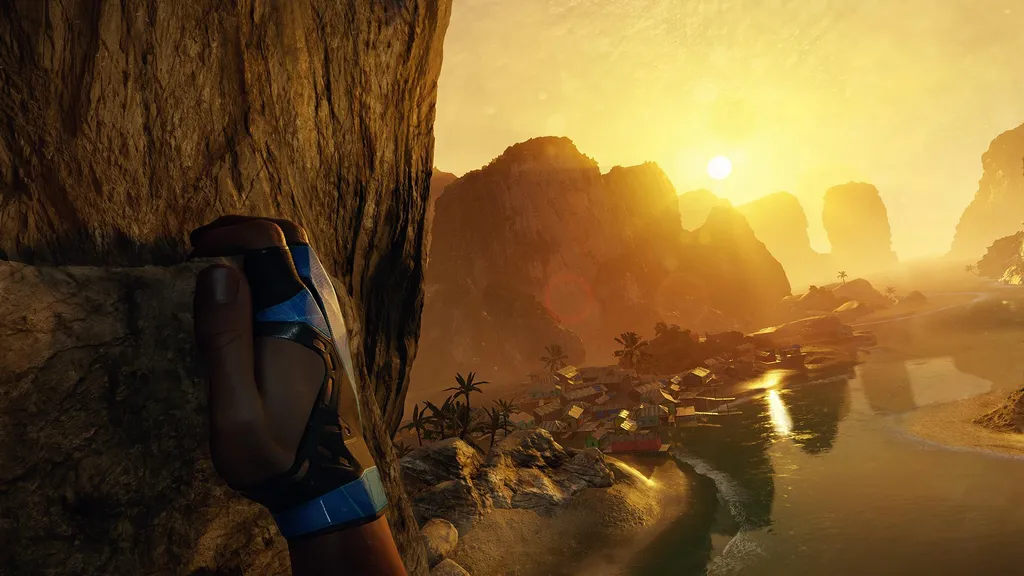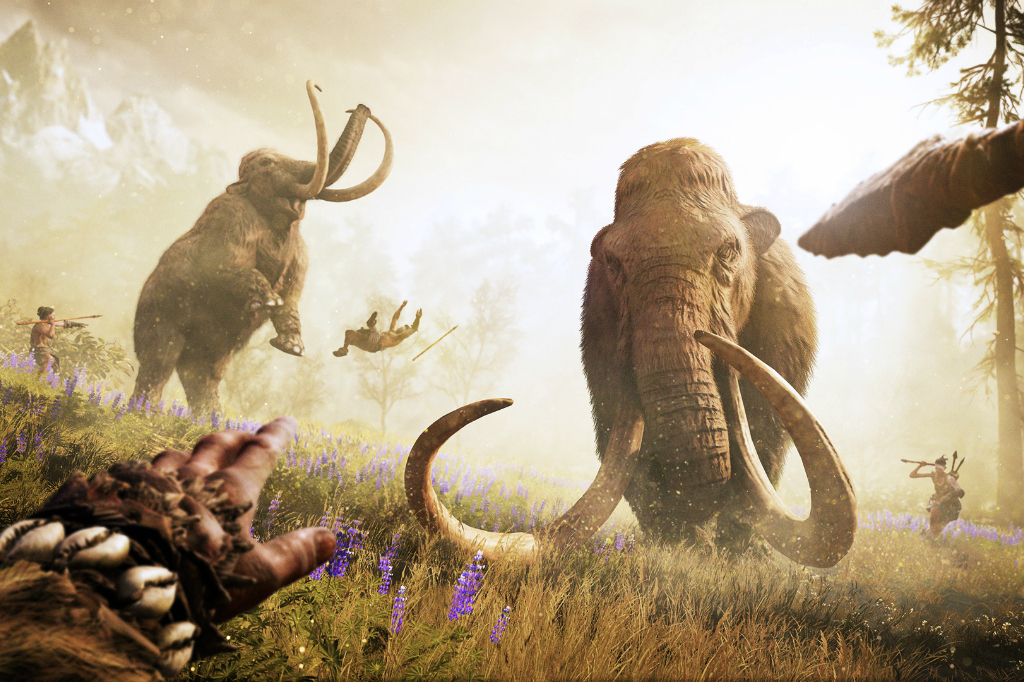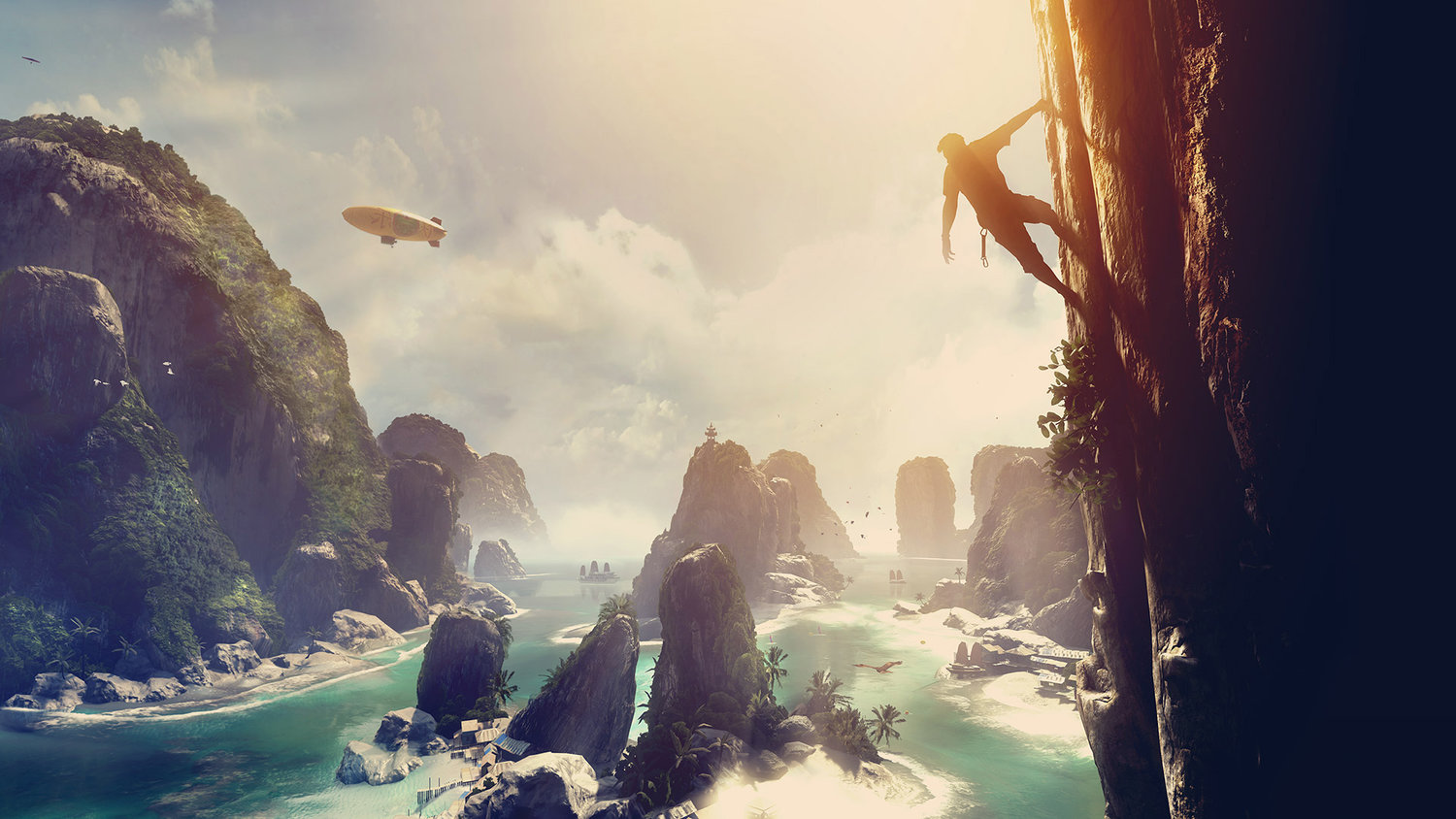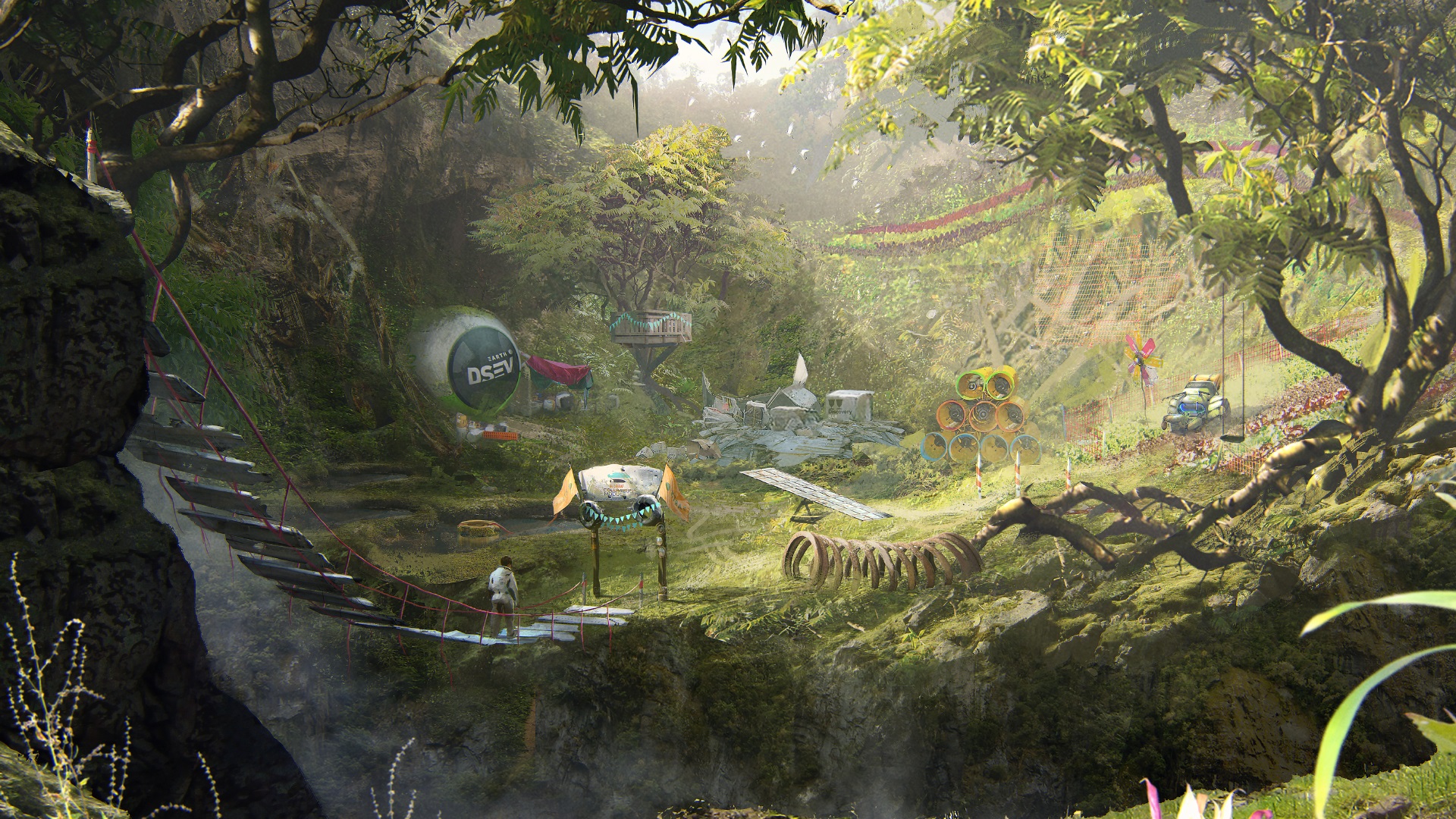Crytek is one of the most influential studios when it comes to introducing ambitious technology to video games. Since it was founded 17 years ago in 1999, it’s produced some of the most technically impressive titles in the industry, changing first-person shooters in the process.
The first Far Cry game, released in 2004, was lauded for its massive open world setting, long draw distances, seamless transitions between outdoor and indoor areas, and even an advanced rendering system for vegetation. Crytek developed its own game engine, CryEnginefor Far Cry as well. Since then, Far Cry has quickly become one of the premium shooter franchises, and CryEngine has been used in a slew of stunning titles, including Ryse: Son of Rome, and Everybody’s Gone to the Rapture.
Crytek undoubtedly has a storied history with technology, one that’s replete with accomplishments like Far Cry. It shouldn’t be a surprise, then, to see the studio embrace virtual reality.
From Far Cry To VR
“Innovation is in Crytek’s DNA and we are always investigating new technology,” said Elijah Freeman, Crytek’s Executive Producer. “VR is a medium that allows us to invent and try out new gameplay ideas, and with CryEngine we have a great foundation that gives us the freedom to experiment and translate our vision to a new platform. We have been developing VR for the last two years and one of our goals is to be one of the leading AAA VR content and technology creators.”
Like Ratchet & Clank developer Insomniac, Crytek is one of the more well known studios that’s been leading the charge on VR from the start. As much as Far Cry, Crysis, and a slew of other titles helped shape what Crytek is and means for fans, its heritage is very much rooted in exploring new technologies. The studio is convinced that VR is here to stay and isn’t just another gimmick that’ll be forgotten a few years from now
With The Climb [Review: 8/10] — a rock climbing simulator, and Robinson: The Journey [Review: 7/10] — a first-person exploration game — Crytek already has a decent understanding of what works and what doesn’t work in VR. The studio’s experience making technically advanced shooters has definitely helped.
“The original Far Cry is now over 12 years old, and since then a great deal of work at the studio has been focused around creating technologically groundbreaking first-person games,” said Freeman. “Through that process, the team here has learned a lot about what does and doesn’t work from the player’s perspective, and that knowledge has always been poured back into CRYENGINE too – which has made it a very powerful resource for a project like Robinson.
“On top of that, Crytek has always sought to push the envelope in terms of visual fidelity, so we’ve developed a lot of techniques and tools over the years that are advantageous for VR development. Add in the fact we released Crysis 2 in stereoscopic 3D half a decade ago and I think you have a picture of a studio that was really primed for VR. It has certainly felt like a very natural step for us.”
Rock Climbing Was The Beginning
Crytek had a couple of ideas for what its first two VR games should be. Though it’s capable of delivering enjoyable and engaging gunplay, the studio also has experience making games where platforming is a major part of gameplay. In both Far Cry and Crysis, players often have to traverse mammoth environments and structures. Crytek realized that first-person platforming would work well in VR.
“Well, we experimented with a lot of different gameplay mechanics to find out what would work in VR, what would be compelling, what had potential, and so on,” said Freeman. “The climbing movement through a VR space felt very natural to everyone who tried it and as we iterated on the concept, it became clear that it deserved its own game. Free solo rock climbing is one of the most extreme, exciting, and dangerous sports on the planet. VR allows players to become present in the game world, and free solo rock climbing is the perfect kind of experience to make use of that.”
Crytek started researching rock climbing, and even had expert rock climbers play The Climb for feedback.
“You only need to take a quick look at footage of some of the world’s best free solo rock climbers to see how spectacular the sport is, as they perform death defying moves in amazingly beautiful natural environments,” said Freeman. “We’ve had both amateur and professional climbers play the game, and they’ve told us it captures an essence of the sport and a sense of realism. It’d be cool if non-climbers played the game, and were inspired to try out real life climbing after they get a taste of the sport in The Climb.”
A Love For Dinosaurs
During The Climb’s development, Crytek was coming up with an idea for a more full-fledged triple-A VR title. The studio fell in love with a particular setting — a time in history when dinosaurs roamed the earth, and humans were still relatively primitive. Crytek wanted to create a game that allowed players to visit a world they wouldn’t able to actually experience.
“When we knew that we wanted to do a VR project, we spent time thinking about some of things we would love to experience in real life, but simply can’t,” said Freeman. “Around that time, we were also working on our ‘Back to Dinosaur Island’ VR demos, and realized how magical it was to encounter prehistoric creatures in VR. We decided to explore this setting further and mix it up with something else we love – space and science fiction.”
Robinson doesn’t feature combat, as Crytek wanted to focus more on exploration and making players feel like interactive tourists. Finding and scanning exotic creatures is the crux of what you’ll be doing n Robinson. Like with Far Cry and Crysis, Crytek wants to the deliver a stunning title that can be a great primer for even more ambitious VR experiences.
“Almost everything in the game’s universe has a background, and the lore extends far beyond what players will be able to see first-hand,” said Freeman. “We feel like this approach really adds to the believability of the world, and we want players to become more immersed in the story as they explore every inch of their environment and gain an understanding of their place in this fictional universe.”
The Climb is available on the Oculus Rift using a gamepad with Touch support arriving later this year, and Robinson: The Journey is now out on PlayStation VR. Have you played either of these titles yet? If so, what did you think?
Alex Gilyadov is a freelance writer with work appearing in multiple publications, such as GameSpot, VICE, Playboy, Polygon, and more. You can follow him on Twitter: @rparampampam.






























